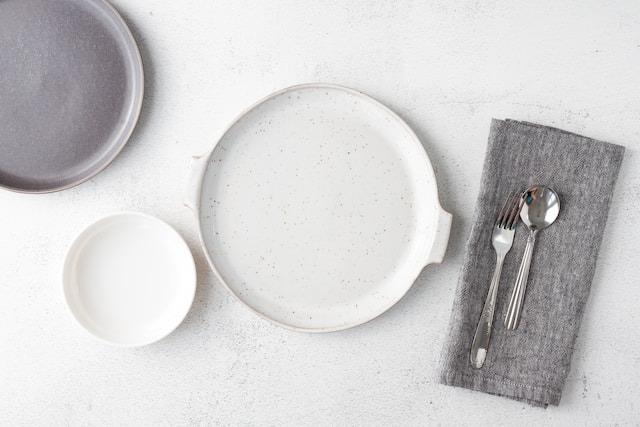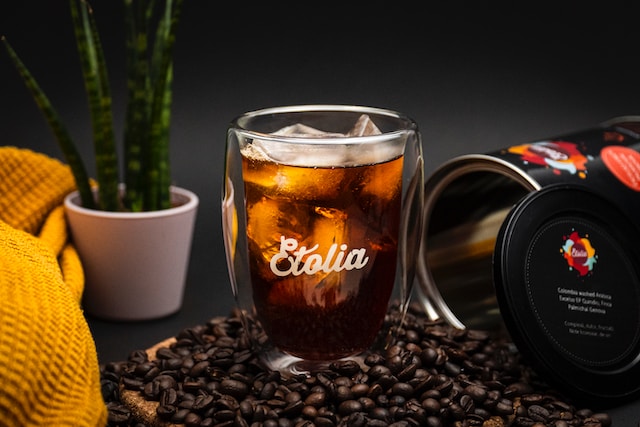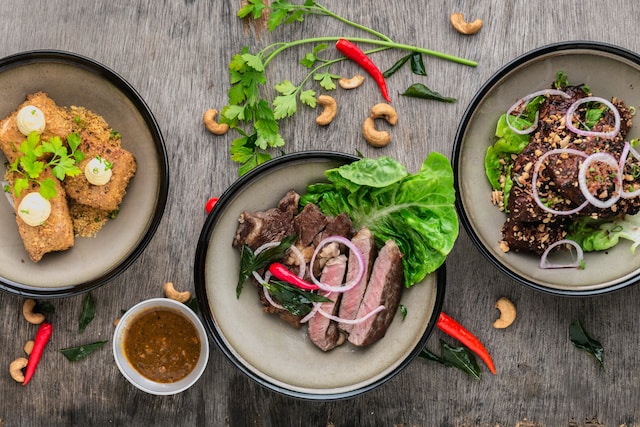In the world of culinary arts, the presentation of a dish is just as important as its taste. The way food looks can enhance the overall dining experience, making it more enjoyable and appetizing. Whether you’re a home cook looking to elevate your meals or simply interested in the art of food presentation, this blog post will explore the importance of food presentation and provide practical tips and tricks to help you create visually appealing dishes at home. We’ll delve into plating techniques, garnishes, and colour coordination to turn your meals into works of art.
The Importance of Food Presentation
Before we delve into the tips and tricks, let’s understand why food presentation matters:
Visual Appeal
Well-presented dishes are visually appealing and can stimulate the appetite. They make you excited to taste what’s in front of you.
Enhanced Dining Experience
Presentation adds an element of sophistication to your meal, enhancing the overall dining experience.
Expressing Creativity
Plating is a creative outlet for cooks and chefs, allowing them to showcase their culinary skills and artistic talents.
Positive Impressions
If you’re entertaining guests or sharing your meals on social media, a beautifully presented dish can leave a lasting impression.
Practical Tips for Food Presentation
Now, let’s explore practical tips and tricks to improve your food presentation:
Choose the Right Plates
The choice of plates or serving dishes can significantly impact the presentation. Use different shapes, sizes, and colours to match the mood of your dish.

The Rule of Thirds
Imagine dividing your plate into three equal parts both horizontally and vertically. Arrange your food along these lines for a balanced and visually appealing composition.
Colour Coordination
Pay attention to colour combinations. Use contrasting colours to create visual interest. For example, pair red and green or white and black for striking contrasts.
Height and Texture
Vary the height and texture of your food elements. Use props like ramekins or small bowls to add height, and consider crispy textures for contrast.
Negative Space
Don’t overcrowd the plate. Leaving some space around your dish allows the elements to breathe and makes the presentation look less cluttered.
Garnishes
Garnishes are not just for decoration; they can also add flavour and texture. Fresh herbs, microgreens, or citrus zest can elevate the presentation.
Sauces and Drizzles
Use sauces and drizzles to add visual interest and flavour. Drizzle sauces strategically rather than smothering the entire plate.
Use Props
Consider using props like utensils, napkins, or table settings that complement the theme and style of your dish.
Consistency
Maintain consistency in your plating. If you’re creating a dish with multiple servings, ensure each plate looks identical for a professional touch.
Practice and Experiment
Don’t be afraid to experiment with different plating techniques. Practice makes perfect, and you’ll discover your unique style over time.
Photography
If you’re sharing your creations on social media, learn some basic food photography techniques to capture your dishes at their best.

Conclusion
Food presentation is an art that anyone can master with practice and a bit of creativity. By following these practical tips and tricks, you can transform your homemade meals into visually appealing works of art. Whether you’re cooking for yourself, your family, or guests, the beauty of a well-plated dish enhances the dining experience and makes each meal a memorable event. So, get ready to unleash your inner chef and start presenting your dishes with style!
Top of Form
Bottom of Form

